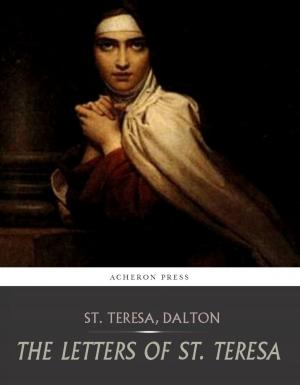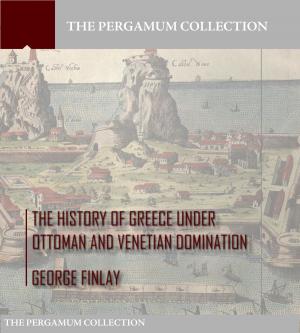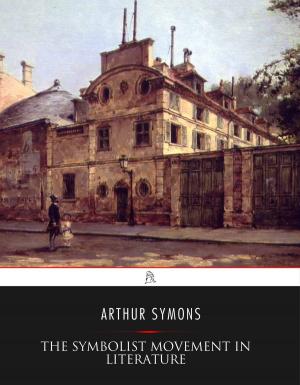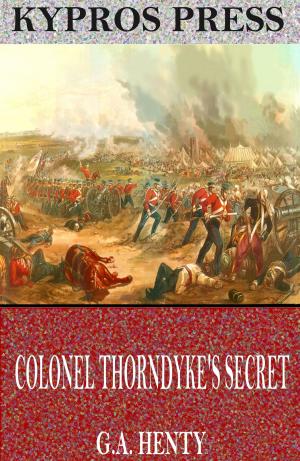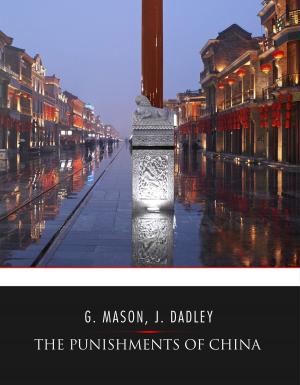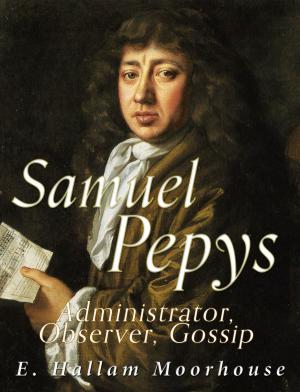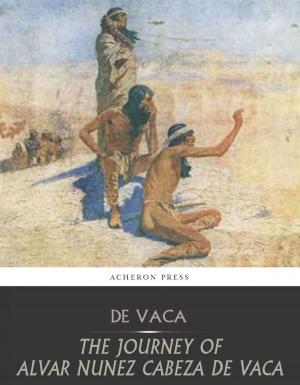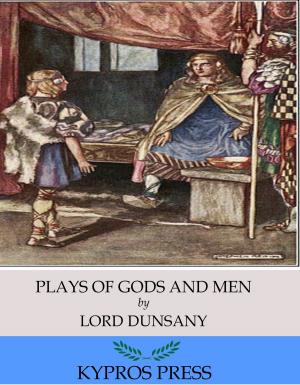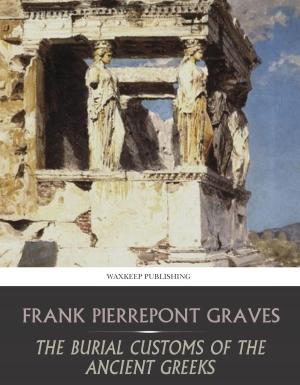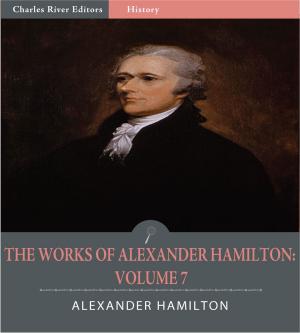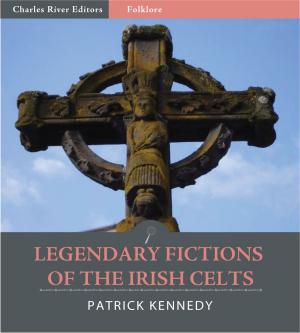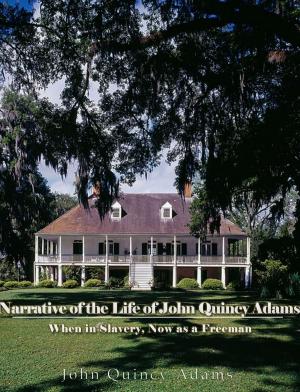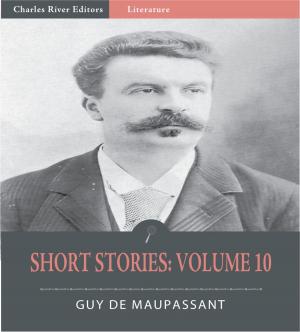Under the Prophet in Utah (Illustrated Edition)
Nonfiction, Religion & Spirituality, Christianity, Denominations, Mormonism, Church, Church History| Author: | Frank J. Cannon | ISBN: | 9781619823587 |
| Publisher: | Charles River Editors | Publication: | January 21, 2012 |
| Imprint: | Language: | English |
| Author: | Frank J. Cannon |
| ISBN: | 9781619823587 |
| Publisher: | Charles River Editors |
| Publication: | January 21, 2012 |
| Imprint: | |
| Language: | English |
Born in Salt Lake City, he was the eldest child of Sarah Jenne Cannon and George Q. Cannon. His father was an Apostle in The Church of Jesus Christ of Latter-day Saints and later was a member of its First Presidency. Cannon later rejected Mormonism and wrote a book, with Harvey J. O'Higgins, called Under the Prophet in Utah exposing the rigidly hierarchical nature of the Mormon organization. The book denounced what the authors described as the "church" leadership's "absolutism" and "interference" in politics. The book details the negotiations Cannon participated in on Utah's behalf leading to statehood in exchange for official rejection of polygamy and LDS leadership's domination of civil politics during the 1890s, and the subsequent back-sliding he observed in the years following statehood. This edition of Under the Prophet in Utah is specially formatted and includes a Table of Contents.
Born in Salt Lake City, he was the eldest child of Sarah Jenne Cannon and George Q. Cannon. His father was an Apostle in The Church of Jesus Christ of Latter-day Saints and later was a member of its First Presidency. Cannon later rejected Mormonism and wrote a book, with Harvey J. O'Higgins, called Under the Prophet in Utah exposing the rigidly hierarchical nature of the Mormon organization. The book denounced what the authors described as the "church" leadership's "absolutism" and "interference" in politics. The book details the negotiations Cannon participated in on Utah's behalf leading to statehood in exchange for official rejection of polygamy and LDS leadership's domination of civil politics during the 1890s, and the subsequent back-sliding he observed in the years following statehood. This edition of Under the Prophet in Utah is specially formatted and includes a Table of Contents.

